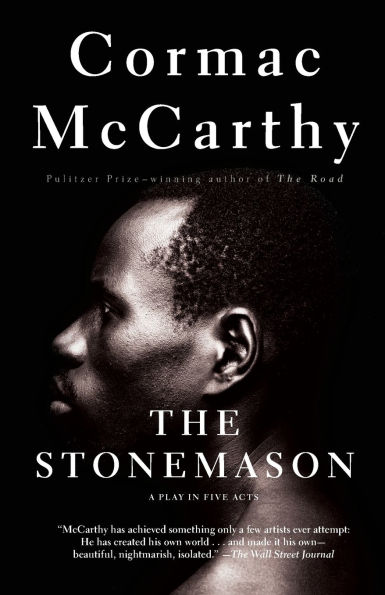Read an Excerpt
Act One
Scene One
An old victorian house in the black section of Louisville Kentucky in February of 1971. The inhabitants are four generations of a black family named Telfair. It is midnight. At curtain rise there is a single light burning stage right where BEN TELFAIR sits at a small table. He is a thirty-two year old black stonemason. Behind him and to the right is a high basement window and the soft blue light from a streetlamp. Outside in this light a softly falling snow. At far stage left is a podium or lectern at which Ben will speak his monologues throughout the play. It is important to note that the Ben we see onstage during the monologues is a double and to note that this double does not speak, but is only a figure designed to complete the scene. The purpose, as we shall see, is to give distance to the events and to place them in a completed past. The onstage double should nevertheless be as close to Ben in appearance as is practicable and the two should at all times be dressed identically. What must be kept in mind is that the performance consists of two separate presentations. One is the staged drama. The other is the monologue -- or cbautauqua -- which Ben delivers from the podium. And while it is true that Ben at his podium is at times speaking for -- or through -- his silent double on stage, it is nevertheless a crucial feature of the play that there be no suggestion of communication between these worlds. In this sense it would not even be incorrect to assume that Ben is unaware of the staged drama. Above all we must resist the temptation to see the drama as something being presented by the speaker at his lectern, for to do so is to defraud the drama of its right autonomy. One could say that the play is an artifact of history to which the audience is made privy, yet if the speaker at his podium apostrophizes the figures in that history it is only as they reside in his memory. It is this which dictates the use of the podium. It locates Ben in a separate space and isolates that space from the world of the drama on stage. The speaker has an agenda which centers upon his own exoneration, his own salvation. The events which unfold upon the stage will not at all times support him. The audience may perhaps be also a jury. And now we can begin. As the mathematician Gauss said to his contemporaries. Go forward and faith will come to you. The podium is lit. Ben comes forward to take his place there. As he begins to speak, his double seated at the table onstage begins to write.
BEN I always wanted to be like him. Even as a child. I was twelve when my grandmother died and then he came to this house and I began to see him every day and my mother would laugh at me because I had even begun to walk like him. And he was eighty-five years old.
Lights come on in the kitchen of the house at stage center. Ben looks up from his desk toward the kitchen -- which is upstairs. The kitchen represents the principal set of the play. It is an oldfashioned kitchen from the early 1900's with a wainscotting of narrow tongue-and-groove boards, a long kitchen table with chairs, a range, a sink, a refrigerator. An oldfashioned woodburning stove. At the rear are two doors, one leading outside and the other giving onto the bedroom of Ben's grandfather, PAPAW. This door now opens and Papaw comes into the kitchen.
He is 101 years old, small and wiry and fit. He goes to the sink andfills the kettle and puts it on the stove and goes to the woodstove and pokes up the fire.
BEN He's come into the kitchen to fix his tea. Sometimes I go up and we have tea together. Three oclock in the morning. Nothing surprises him. He has no schedule. Sometimes we talk and sometimes not. Sometimes we talk straight through till breakfast and Mama comes down and she looks at us but she doesnt say anything. He does not need much sleep and I am like him in this also ...
The Stonemason. Copyright © by CORMAC MCCARTHY. Reprinted by permission of HarperCollins Publishers, Inc. All rights reserved. Available now wherever books are sold.




